Feifei Xu
Open-domain Dialogue Generation Grounded with Dynamic Multi-form Knowledge Fusion
Apr 24, 2022
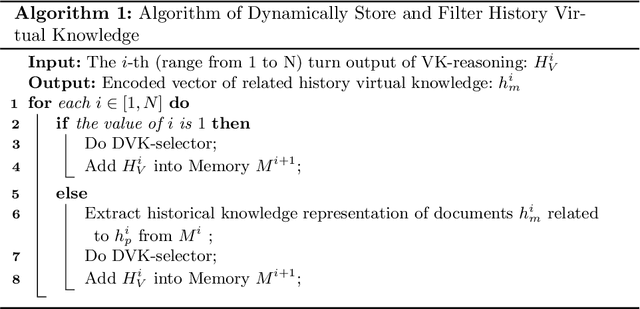
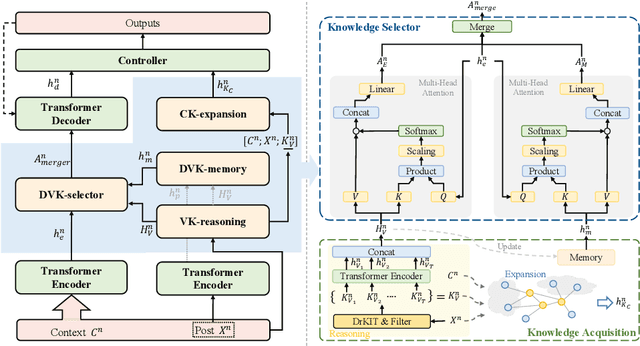
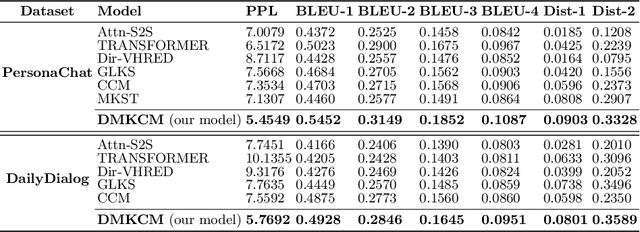
Abstract:Open-domain multi-turn conversations normally face the challenges of how to enrich and expand the content of the conversation. Recently, many approaches based on external knowledge are proposed to generate rich semantic and information conversation. Two types of knowledge have been studied for knowledge-aware open-domain dialogue generation: structured triples from knowledge graphs and unstructured texts from documents. To take both advantages of abundant unstructured latent knowledge in the documents and the information expansion capabilities of the structured knowledge graph, this paper presents a new dialogue generation model, Dynamic Multi-form Knowledge Fusion based Open-domain Chatt-ing Machine (DMKCM).In particular, DMKCM applies an indexed text (a virtual Knowledge Base) to locate relevant documents as 1st hop and then expands the content of the dialogue and its 1st hop using a commonsense knowledge graph to get apposite triples as 2nd hop. To merge these two forms of knowledge into the dialogue effectively, we design a dynamic virtual knowledge selector and a controller that help to enrich and expand knowledge space. Moreover, DMKCM adopts a novel dynamic knowledge memory module that effectively uses historical reasoning knowledge to generate better responses. Experimental results indicate the effectiveness of our method in terms of dialogue coherence and informativeness.
Isomer: Transfer enhanced Dual-Channel Heterogeneous Dependency Attention Network for Aspect-based Sentiment Classification
Nov 21, 2021
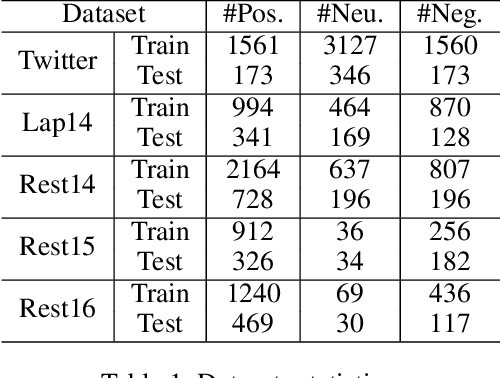
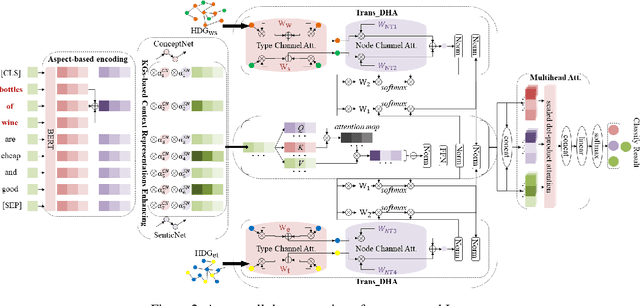

Abstract:Aspect-based sentiment classification aims to predict the sentiment polarity of a specific aspect in a sentence. However, most existing methods attempt to construct dependency relations into a homogeneous dependency graph with the sparsity and ambiguity, which cannot cover the comprehensive contextualized features of short texts or consider any additional node types or semantic relation information. To solve those issues, we present a sentiment analysis model named Isomer, which performs a dual-channel attention on heterogeneous dependency graphs incorporating external knowledge, to effectively integrate other additional information. Specifically, a transfer-enhanced dual-channel heterogeneous dependency attention network is devised in Isomer to model short texts using heterogeneous dependency graphs. These heterogeneous dependency graphs not only consider different types of information but also incorporate external knowledge. Experiments studies show that our model outperforms recent models on benchmark datasets. Furthermore, the results suggest that our method captures the importance of various information features to focus on informative contextual words.
Controllable Multi-Character Psychology-Oriented Story Generation
Oct 11, 2020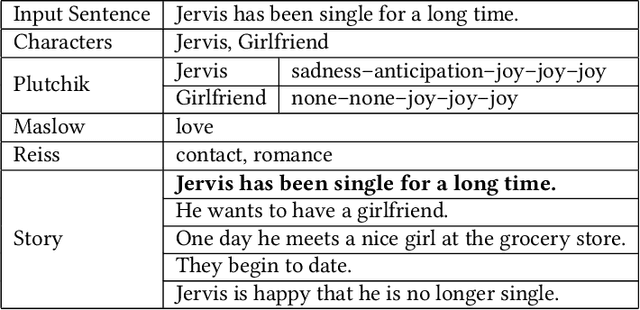
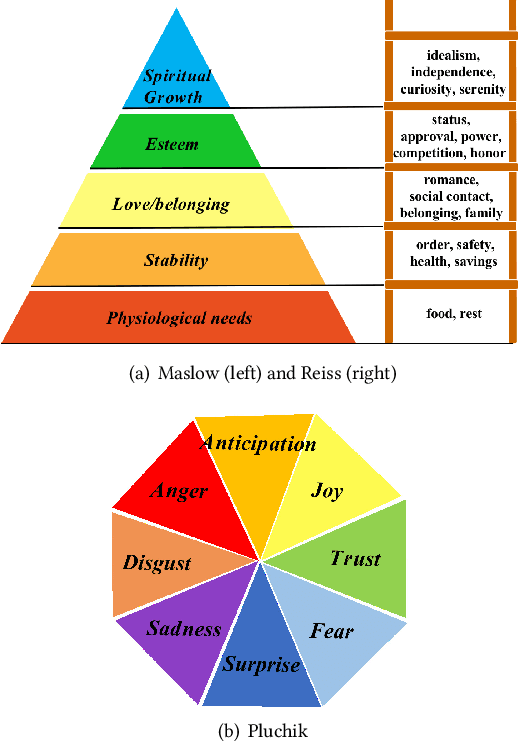
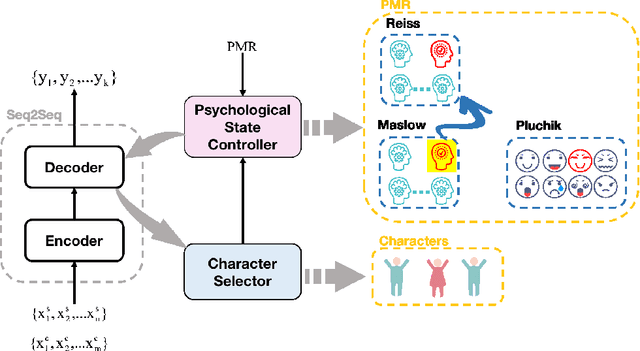
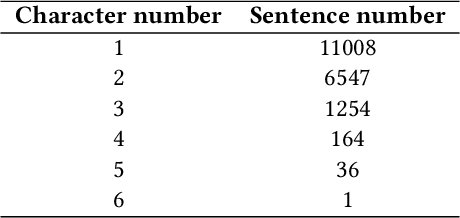
Abstract:Story generation, which aims to generate a long and coherent story automatically based on the title or an input sentence, is an important research area in the field of natural language generation. There is relatively little work on story generation with appointed emotions. Most existing works focus on using only one specific emotion to control the generation of a whole story and ignore the emotional changes in the characters in the course of the story. In our work, we aim to design an emotional line for each character that considers multiple emotions common in psychological theories, with the goal of generating stories with richer emotional changes in the characters. To the best of our knowledge, this work is first to focuses on characters' emotional lines in story generation. We present a novel model-based attention mechanism that we call SoCP (Storytelling of multi-Character Psychology). We show that the proposed model can generate stories considering the changes in the psychological state of different characters. To take into account the particularity of the model, in addition to commonly used evaluation indicators(BLEU, ROUGE, etc.), we introduce the accuracy rate of psychological state control as a novel evaluation metric. The new indicator reflects the effect of the model on the psychological state control of story characters. Experiments show that with SoCP, the generated stories follow the psychological state for each character according to both automatic and human evaluations.
 Add to Chrome
Add to Chrome Add to Firefox
Add to Firefox Add to Edge
Add to Edge